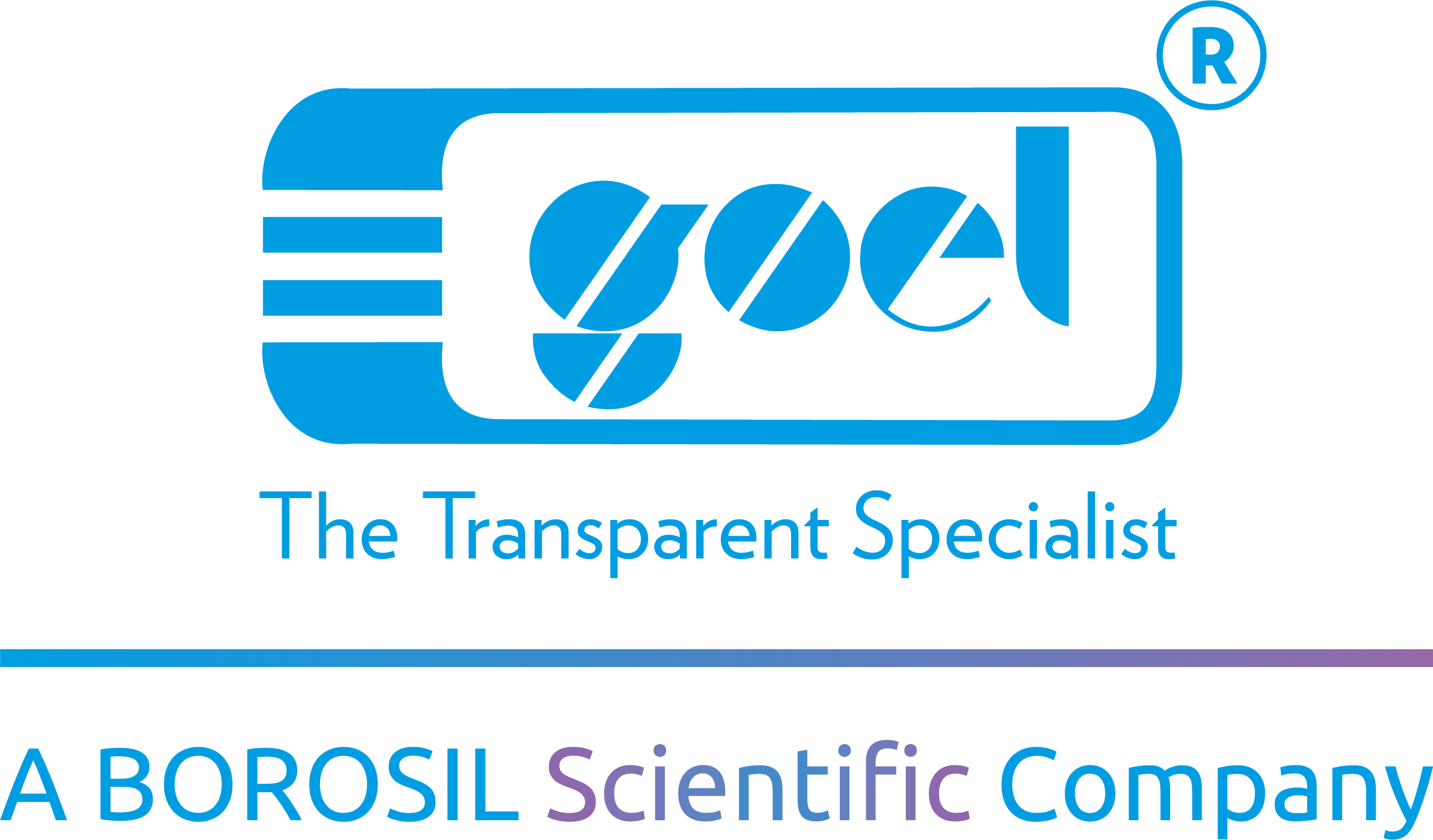Exploring the Benefits of Using a Jacketed Glass Reactor


Jacketed Glass Reactor are available with different options, depending upon their size & their utility. Our Technical Department will glad to assist you in finding a suitable solution for your process requirement.
Below options are available for Jacketed Glass Reactor Unit:
1. Stirrer Drive: Non-Flameproof or Flameproof Motor, 192 RPM with speed regulator.
2. Stirrer material of construction: Glass or PTFE Lined.
3. Stirrer shape: Glass Impeller Stirrer with PTFE Blades, Vortex Stirrer, propeller stirrer & anchor stirrer.
4. Stirring Assembly: Stirring Assembly with bellow seal or with mechanical seal.
5. Supporting Structure: Carbon Steel, Epoxy coated Carbon Steel, Stainless Steel 304 & Stainless Steel 316. All structure are available in Trolley mounted form.
6. Closing Valve: Drain Valve or Flush Bottom Outlet Valve..
| Cat. Ref. | Vessel Ref. | Numina Cap.(l) |
| JGR5 | VZD 5/6 | 5 |
| JGR10 | VZD 10/9 | 10 |
| JGR20 | VZD 20/12 | 20 |
| JGR30 | VZD 30/12 | 30 |
| JGR50 | 50 L | 50 |
For Graduation on Jacketed glass reactor kindly add G to the Cat. Ref. that means SGR 20 will be marked as SGR 20/G.
Introduction Jacketed Glass Reactor
The use of a jacketed glass reactor has become increasingly popular in industrial processes, particularly those related to the production of compounds and chemicals.
This type of equipment offers many advantages, such as high levels of safety, efficiency and accuracy, as well as reduced energy consumption.
In this article, we will explore the benefits of using a jacketed glass reactor.
We will look at the design, materials and features of these reactors, as well as how they are used in industrial processes.
Table of Contents:
I. Overview of Jacketed Glass Reactor
II. Advantages of Using a Jacketed Glass Reactor
III. Design of Jacketed Glass Reactor
IV. Materials Used in Jacketed Glass Reactor
V. Features of Jacketed Glass Reactor
VI. Applications of Jacketed Glass Reactor
I. Overview of Jacketed Glass Reactor A jacketed glass reactor is a type of lab equipment used for industrial processes such as the production of chemicals, pharmaceuticals, and environmental tests.
This type of reactor is different from a traditional glass reactor as it has an additional layer of insulation, typically made of borosilicate or stainless steel, that helps to maintain a constant temperature and pressure.
This insulation also helps to protect the contents of the reaction vessel from outside influences and contamination.
II. Advantages of Using a Jacketed Glass Reactor Using a jacketed glass reactor offers numerous advantages to industrial processes.
These reactors are designed to be highly efficient and accurate, reducing the amount of time and energy that would otherwise be spent on manual processes.
The temperature and pressure can be easily monitored and adjusted, ensuring that all reactions are successfully completed.
In addition, the insulation helps to protect the contents from any outside contamination, providing increased safety for both personnel and the environment.
III. Design of Jacketed Glass Reactor A jacketed glass reactor typically consists of two connected chambers, the jacketed chamber, and the inner chamber.
The jacketed chamber is made from a double-walled construction, with a layer of insulation separating the two walls.
This insulation can be made from a variety of materials, such as borosilicate, stainless steel or PTFE. The inner chamber contains the contents of the reaction and is heated or cooled by the jacketed chamber.
The reactor can also be equipped with a variety of features, such as a top-mounted agitator and temperature control devices.
IV. Materials Used in Jacketed Glass Reactor The most common material used to construct a jacketed glass reactor is borosilicate, a type of glass that is known for its strength and resistance to thermal shock.
Borosilicate glass is highly durable, with a melting point of over 900°C, and can be easily shaped and molded into various shapes and sizes.
In addition to borosilicate, stainless steel and PTFE are also popular materials used to construct these reactors. These materials offer additional levels of durability and corrosion resistance, as well as improved insulation properties.
V. Features of Jacketed Glass Reactor A jacketed glass reactor typically includes a range of features, such as temperature control devices, a top-mounted agitator, and a variety of ports and valves.
The temperature control device helps to maintain the temperature of the reaction within required limits, while the agitator helps to mix the contents of the reactor.
The ports and valves enable the introduction of additional reactants and the removal of products. In addition, some reactors may also be equipped with a pH monitoring system and a vacuum system.
VI. Applications of Jacketed Glass Reactor The jacketed glass reactor is used in a variety of industrial processes, including the production of chemicals and pharmaceuticals, as well as environmental tests.
This type of reactor is particularly useful for reactions that require precise temperature and pressure control, such as distillations, reflux reactions and extractions.
In addition, the insulation of the reactor helps to reduce the energy required to maintain the temperature of the reaction. These reactors are also used in a variety of research applications, such as the production of biofuels and electrochemistry.

